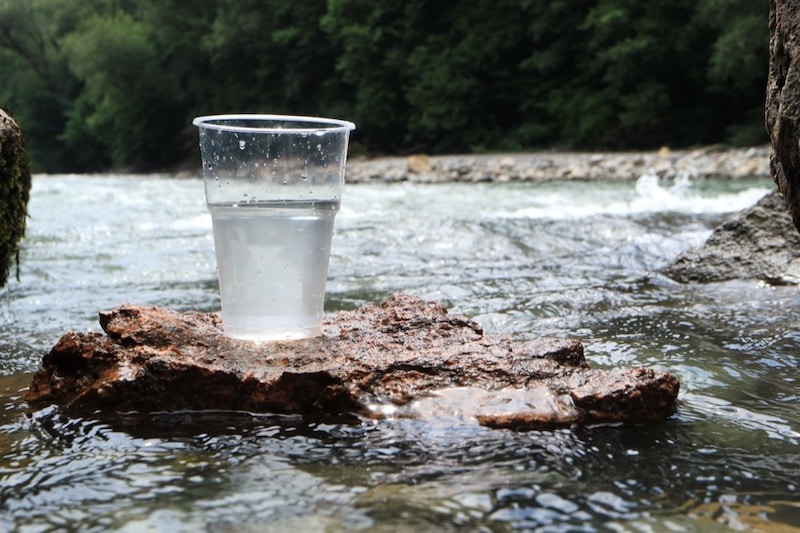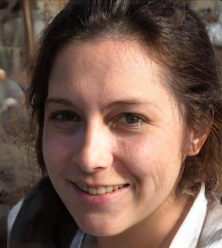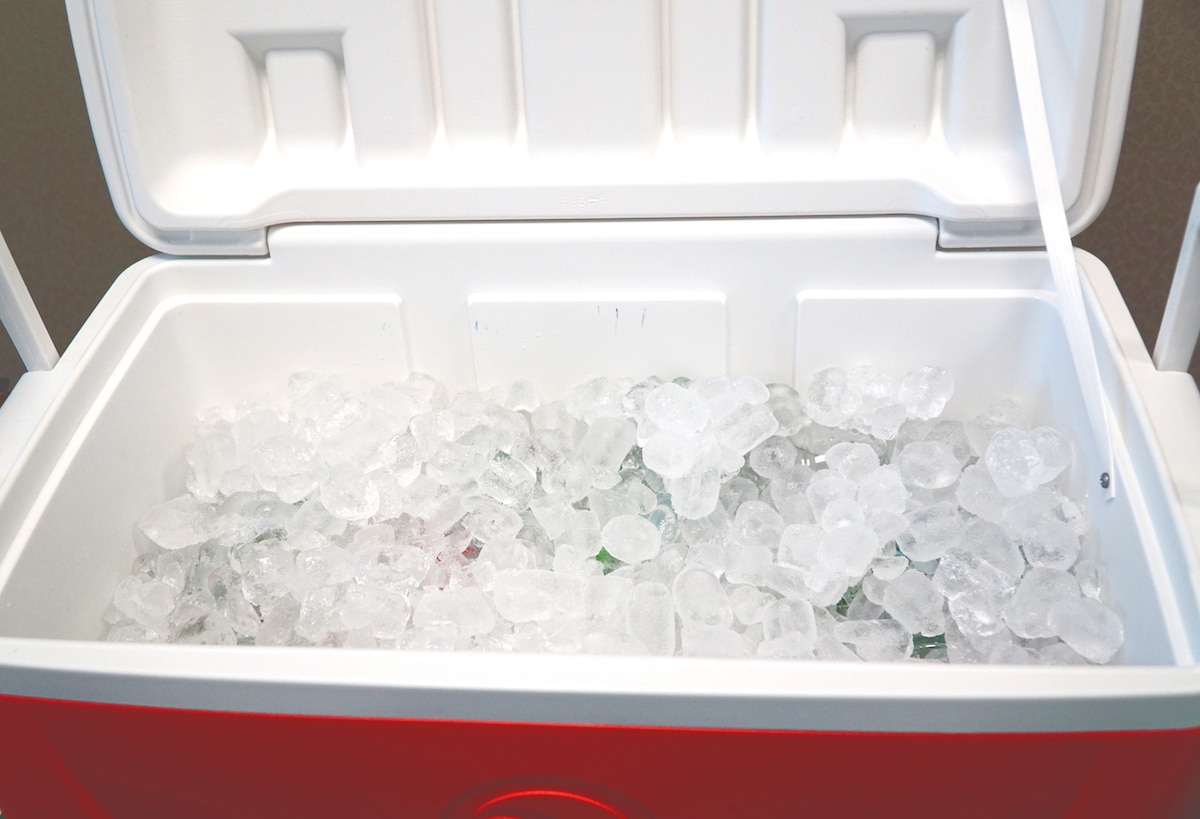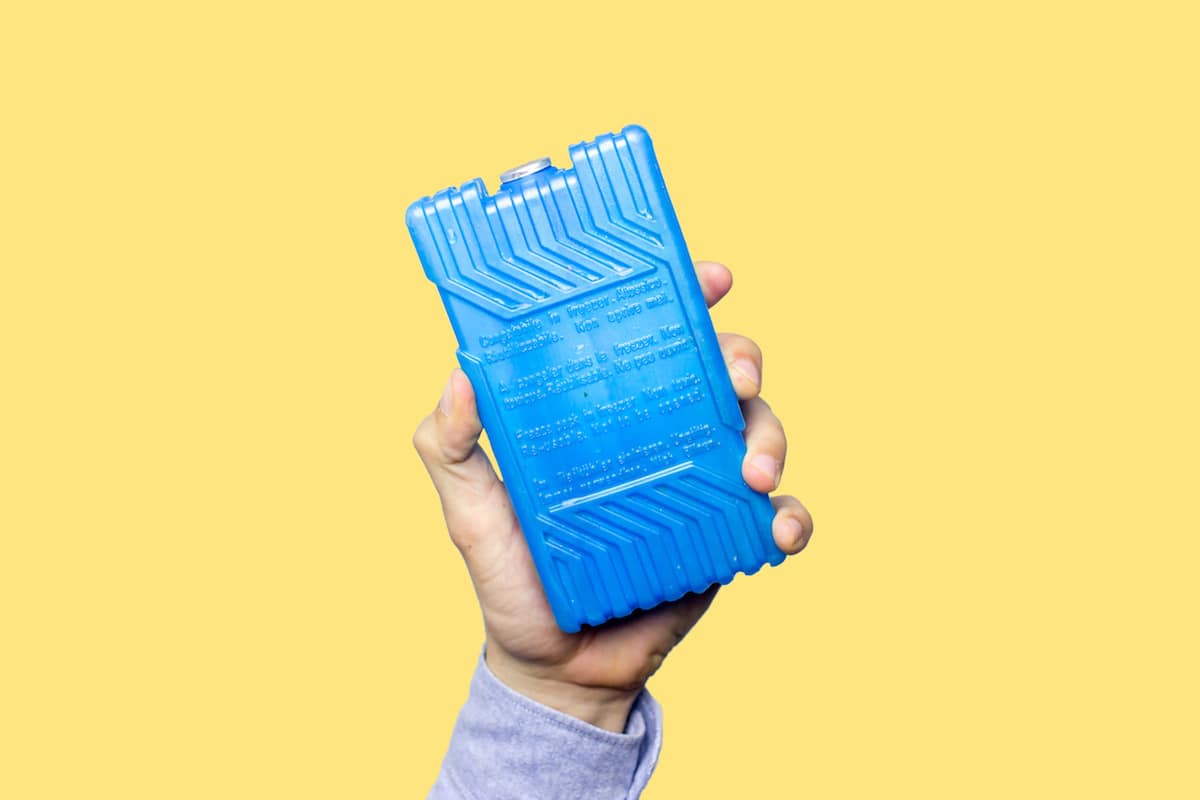Whether you are on a hunting trip, kayaking, fishing, or hiking, outdoor activities can go awry without appropriate supplies and clean water. If you do not bring along your supply of water, you will have to learn how to use tools to purify water at your destination. This guide explains how you could go about purifying your drinking water through different methods.
What We'll Cover
- Why Clean Your Water While Camping?
- Water Filters vs. Water Purifiers
- Options for Filtering and Purifying Water
- Pump Filters & Purifiers
- Gravity Filters & Purifiers
- Ultraviolet Purifiers
- Bottle Filters & Purifiers
- Squeeze Filters
- Straw-Style Filters
- Water Filter Pitchers
- Chemicals
- Boiling Water
- What is a Water Pre-Filter?
- How to Purify & Filter Water
- Water Treatment Best Practices
- Final Thoughts
Why Clean Your Water While Camping?
Drinking water and keeping hydrated while you are camping is a critical safety precaution. Although you could carry bottled water from home, what will happen if you run out of water or you are trapped? You need to purify your drinking water while camping for the simple reason for preventing waterborne diseases and infections. Common sources of these diseases include:
- Bacteria – the water may be infested with bacteria from fecal matter, decaying animal corpses, rotting vegetation, and so on. E. coli is the most common waterborne bacteria. While these bacteria are already found in your gut, infections may cause such symptoms as abdominal pain, diarrhea, vomiting, cramping, and nausea.
- Viruses – viruses such as Hepatitis A are spread in poop, either human or animal. Symptoms of infection include diarrhea and vomiting, which could be accompanied by fever, cramps, joint pains, or yellow skin.
- Protozoa – these are single-celled parasites found in water. The most common ones are cryptosporidium and giardia. The former has an incubation period of 2-3 days and leads to such symptoms as diarrhea and stomach cramps. For a person with low immunity, it can lead to cholera-like symptoms. Giardia causes such symptoms as diarrhea.
- Chemicals – this happens due to pollution. Chemicals in your office can be in the form of heavy metals as well as sludge, which runs off from manufacturing plants and other industries.
Water Filters vs. Water Purifiers
Harmful volatile organic compounds and non-organic contaminants in water cannot be seen, tasted, or smelled. Will basic filtration methods produce suitable drinking water, or do you need intense purification methods when camping? Let’s find out how each works.
How Does a Water Filter Work?
If you are a camping enthusiast, you might want to invest in a portable water fil ter. The best camping water filter is the one that’s best suited for your experience if it is small and you can fit them into your backpack alongside your hydration pack.
Water filters use elements or filter cartridges with microscopic pores that capture any debris, protozoa, and bacteria before you pour it into your water canteen. Repeated use of the filter cartridges results in clogging of the filter cartridge. Therefore, you must thoroughly clean or replace the cartridge or filter element every few days.
A water filter, whether it’s a traditional water filter or a water filter bottle, strains out bacteria and protozoa that are typical of most water bodies. However, its filter’s spaces are too big to strain out any viruses. Filters help improve the taste and odor of the water and also the level of chemical contamination. However, no filter elements come close to removing all the toxins in the water.
How Does a Water Purifier Work?
Water purifiers help remove physical, biological, and chemical impurities from the water. Unlike a water filter, a purifier removes viruses. You can choose to buy a chemical or non-chemical purifier. An example of a chemical purifier is one that uses chlorine or iodine. Distillation is a perfect example of a non-chemical water purification method.
Options for Filtering and Purifying Water
Pump Filters & Purifiers
Also referred to as mechanical filters or purifiers, all you need to do is drop the inlet hose into your water source. You operate a pump that draws and purifies or filters your water before it gets into the reservoir. Pump mechanisms, as well as the flow rates, are quite different, so make sure you compare the specs.
- You can collect the exact amount of water you need
- You can replace the equipment’s internal element
- You can collect water from shallow sources or seeps
- You will need to clean the filter element regularly
- Pump filters and purifiers are bulkier compared to other water treatment options
Gravity Filters & Purifiers
As the name suggests, this type of filter or purifier cleanses your water through gravitational pool. Gravity water filters and purifiers have two chambers: an upper and lower chamber. All you need to do is to fill up the contaminated water in the upper chamber. The force of gravity pulls the water into the second chamber as it filters it.
- It is a simple yet functional way of purifying your water
- They are available in a wide range of sizes
- As you do not need electricity, it’s a great option when camping
- Some take a lot of time to cleanse your water
Ultraviolet Purifiers
An ultraviolet purifier is the most effective way of killing waterborne bacteria. It is the only water treatment option certified by the National Sanitation Foundation International for bacteria reduction. They use ultraviolet radiation to attack the bacteria’s DNA or genetic core to kill or disable them. These purifiers do not get rid of impurities such as pesticides, rust, and soil particles.
- UV water purifiers are cost-effective
- They do not use any chemicals, so the taste and color of the water remains unchanged
- The process of water purification is pretty simple and straightforward
- They require electricity or need to be charged in advance
- You need to pre-filter the water to get rid of certain impurities
Bottle Filters & Purifiers
These are simply camping water bottles with an in-built filtration or purification system. Using bottle purifiers and filters not only keeps you healthy, but also conserves the environment as you do not have to dispose of harmful plastics. Different bottles have varying filtration power levels and functionality. For instance, there are bottle filters and purifiers that cleanse the water as you drink it, while others do it as you pour the water in.
- They are quite convenient
- You only need to put water into the bottle and give it some time
- Bottle purifiers and filters do not use electricity
- They hold only a little amount of water
- You must drink the water through a straw, which can be quite slow sometimes
Squeeze Filters
Squeeze filters are more or less similar to bottle filters with the only exception being that you have to fill up the reservoir then squeeze the water through filtration element.
- Squeeze filters are lighter compared to gravity and pump filters
- The water treatment process is easy and quick
- The water quantity is limited to the hydration bladder, flask, or reservoir size
- You need to clean the filter regularly
Straw-Style Filters
A straw-style filter is a straw with an inbuilt filtration system. This means that you can use it for drinking water directly from the source. However, crouching down to take water from a stream or pond might be uncomfortable. Therefore, make sure you carry a wide mouth container, which you can use to scoop your drinking water. However, water filter straws are great for backpacking and other light-weight forms of camping because of their size.
- They are less bulky
- You can drink water on demand
- They have no reservoir to store cleaned water
Water Filter Pitchers
A water filter pitcher is a water pitcher with a filtration system mounted within the pitcher that will syphon contaminates out of the water as it is filled. Water filter pitchers can be a valuable asset when you go camping because they can filter larger quantities of water than a straw or bottle, while enabling you to store water for later that has been pre-filtered. This style of water filter is great for larger parties because you can supply water to multiple people at once.
- Can filter water for storage in a water storage container at a later date
- Filters larger quantities of water than a bottle or straw
- Filters need to be changed out regularly to be effective
- Takes up more space than some other filtration options
Chemicals
You can use chlorine or iodine-based water purification tablets or drops to cleanse your drinking water. Chemicals are effective for purifying your drinking water against bacteria, viruses, and protozoa.
- They can act as back-up in case your purifier or filter breaks down
- They are easy to use and inexpensive
- They aren’t bulky and take up little space
- You will have to wait for at least 30 minutes before drinking the water
- The use of chemicals is a concern for pregnant persons or those with a thyroid condition
- The chemicals alter the taste of the water unless they are used alongside taste-neutralizing tablets
Boiling Water
Although conventional, boiling water in a camping dutch oven or camping kettle over a campfire grill grate or campfire tripod is quite an effective method of treating contaminated water. The Environmental Protection Agency recommends that you boil the water for at least one minute to get rid of all pathogens. If you feel your water may have been contaminated by pollution, you can clean your hydration reservoir with boiling water too.
- You do not need special gadgets or apparatus
- The process is pretty straightforward
- The process is time-consuming
What is a Water Pre-Filter?
A pre-filter is normally used to capture any sediments such as silt, leaves, mud, and other debris that might affect your water treatment equipment. Although these natural impurities pose no threat as far as your health is concerned, they impact the equipment’s ability to treat your water before you drink it from your camping mug. They could also affect the equipment’s lifespan. You can either purchase your pre-filter mechanism alongside your preferred filtration equipment, or buy it separately.
How to Purify & Filter Water
When you are planning your camping trip, you should learn all about the natural water sources. Depending on where you are going, there are plenty of water sources with water that is mostly safe to drink and others that are not. It’s always a good idea to have a water filter or purifier when camping. However, understanding the kind of water likely to be infected and the water that is mostly clean helps in instances where you do not have a good filter or purifier.
By observing the following practices, you have a higher chance of collecting considerably clean water. For instance, running water – water that flows over rocks or water that first goes through a moss-infested section of the river – is considered quite clean. This is because such water does not allow microorganisms to accumulate. It is also not conducive for algae growth. In the absence of flowing water, choose a source with relatively clear water as this will go through the filter much faster.
Make sure you always collect your drinking water using a clean and disinfected container. Scoop the water from the least murky section of the water source. Let the water sit for some time so that the sediments in it sink to the bottom. While purifying or filtering the water, take care not to disturb the sediment.
Mining and farming activities place a host of toxic chemicals and heavy metals in water bodies. Some of these contaminants cannot even be removed through filtering, boiling, or other water purification methods. Therefore, avoid collecting water from a river or stream located downstream from mines, ranches, and farms. Avoid collecting water near places where animals graze on campsites.
Learn how to use your water filtration or purification gear before you leave for your camping trip.
Water Treatment Best Practices
The following practices not only help keep the water sources in the wild pristine but will also keep you safe. The following are some of the best water treatment practices:
- Label water containers clearly. This will help you avoid getting mixed up on which water is already treated and which one is not.
- Follow product directions closely. Following the manufacturer’s instructions when using water filters, purifiers or tablets helps you get the most out of them. Before choosing a water purification method, make sure it eliminates the contaminants that are likely to be present in the water bodies at your destination.
- Seek out clear water. As mentioned, clear water passes through the filter membrane pores much faster. You also do not have to clean or replace the filter membrane constantly.
- Keep your hands clean. Sanitize them after each call of nature, before preparing your food or drinking water, and once you’ve been in contact with any natural water source. Most illnesses attributed to contaminated water are actually a result of poor hygiene.
- Camp away from the water source. The Centers for Disease Control and Prevention recommends that you camp at least 200 feet away from water sources. Also, ensure that you bury any human waste at least 8 inches deep.
Final Thoughts
Proper hydration is key to surviving when you are camping. However, carrying bottled water that’s supposed to sustain you during the entire camping trip will only weigh you down. It makes sense to be adequately prepared and knowledgeable on how to use water purification and filtration equipment. Remember that you should strive to keep natural water sources contamination-free so you can avoid dehydration safely.
The responses below are not provided, commissioned, reviewed, approved, or otherwise endorsed by any financial entity or advertiser. It is not the advertiser’s responsibility to ensure all posts and/or questions are answered.





